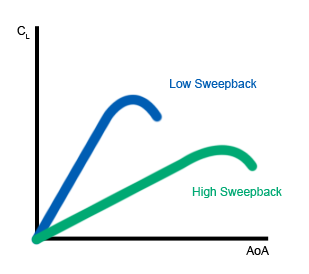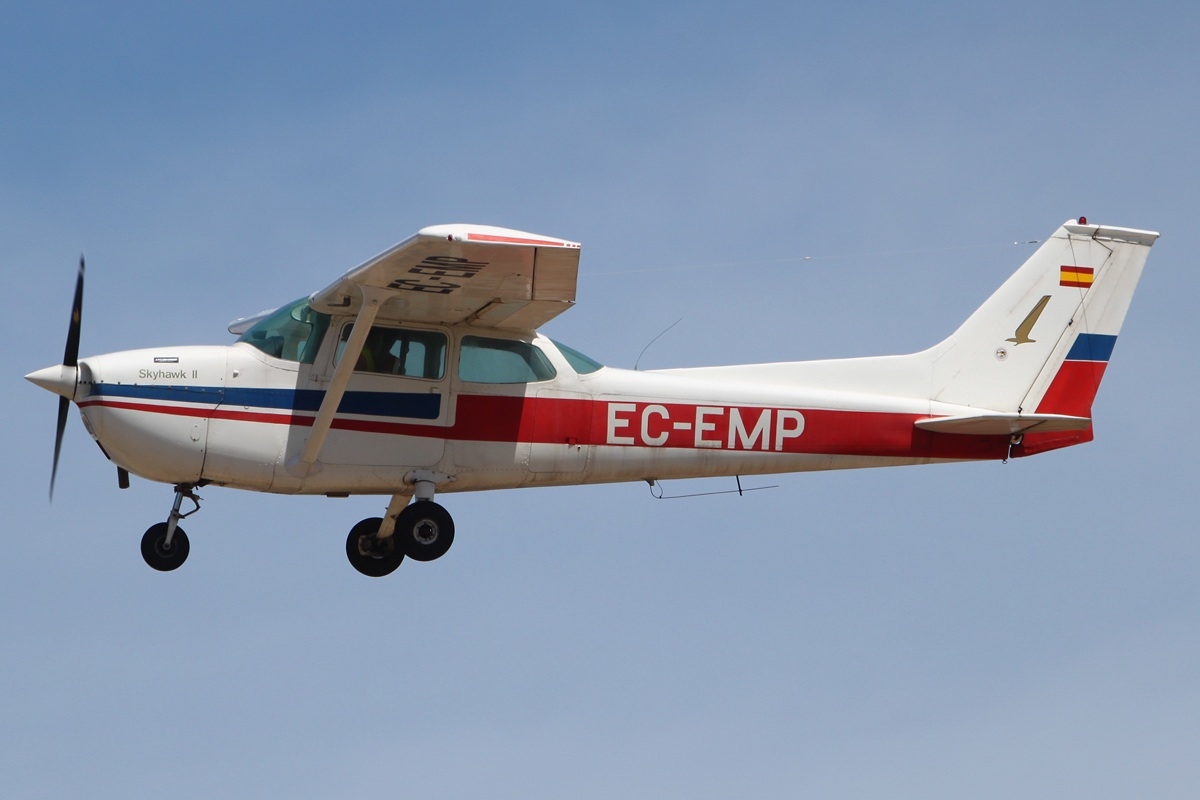The "extension" at the front is called "dorsal fin". Its main purpose is to improve directional stability in high side-slip situations (asymmetric flight due to engine failure, crosswind landings, etc). The double-sweep of the leading edge of the vertical stabilizer helps the vertical stabilizer to be effective at a larger range of side-slip angles (high lateral angles of attack).
The stabilizer is an airfoil, much like a wing. The amount of lift (or in this case, sideways force) it generates, varies with its angle of attack (AoA, or $\alpha$), or in this case, sideslip-angle ($\beta$) something like this:

Lift coefficient ($C_L$) increases with increased $\alpha$, until it reaches $C_{L_{MAX}}$. This angle is called $\alpha_{crit}$.
Generally, the more sweepback an airfoil has, the lower its $C_{L_{MAX}}$, BUT the higher its $\alpha_{crit}$. This means that the non-dorsal-fin-part of the stabilizer (low sweepback) will be able to generate its $C_{L_{MAX}}$ (sideways lift) at a lower $\beta$ than the dorsal fin. Increasing the side-slip angle beyond its $\beta_{crit}$ decrease the amount of sideways force it generates. By using a secondary airfoil (the dorsal fin), with a higher sweep angle, (ie, higher $\beta_{crit}$), the net loss in sideways force with increased side-slip may be avoided, or at least mitigated. Further, at high $\alpha$, (or in this case, with a vertical stabilizer $\beta$), a delta with high sweepback will generate a vortex, which will follow the upper side of the surface down-stream of it, in this case the vertical stabilizer, adding kinetic energy to its airflow, thus enhancing its effectiveness.
The current version of the dorsal fin was added to the Boeing 737 with the Classic (−300 and onwards), but the design is not unique for the Boeing 737. Look the Cessna 172 for instance (Wikimedia Commons):

The ATR 72 doesn't have a "pronounced" dorsal fin, but you can still see clearly how the sweepback of the vertical stabilizer changes along its length (Wikimedia Commons):

Or, on the other side of the speed spectrum (Wikimedia Commons):


